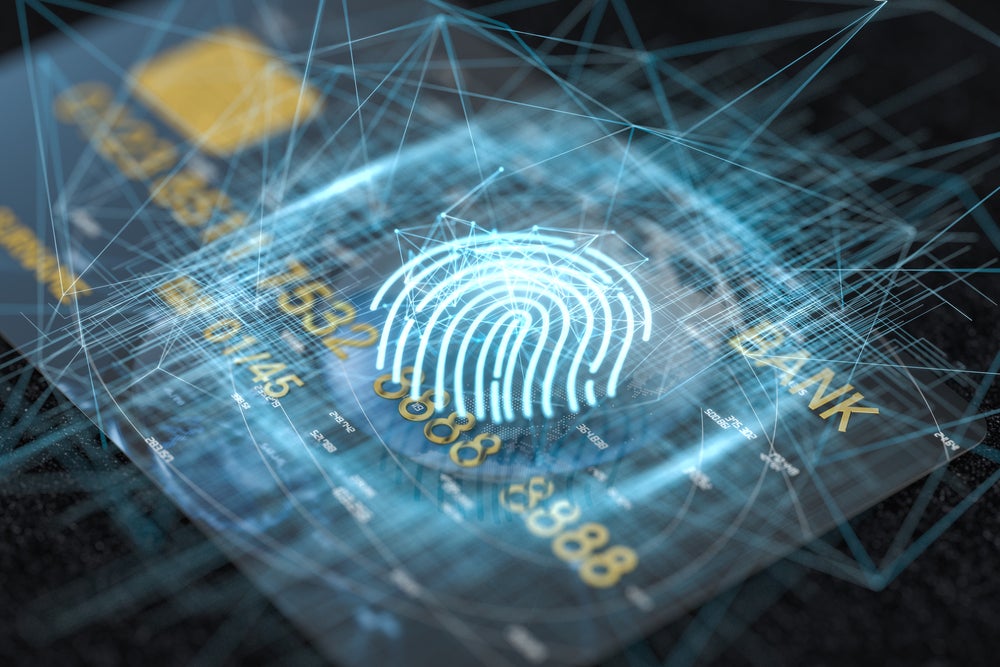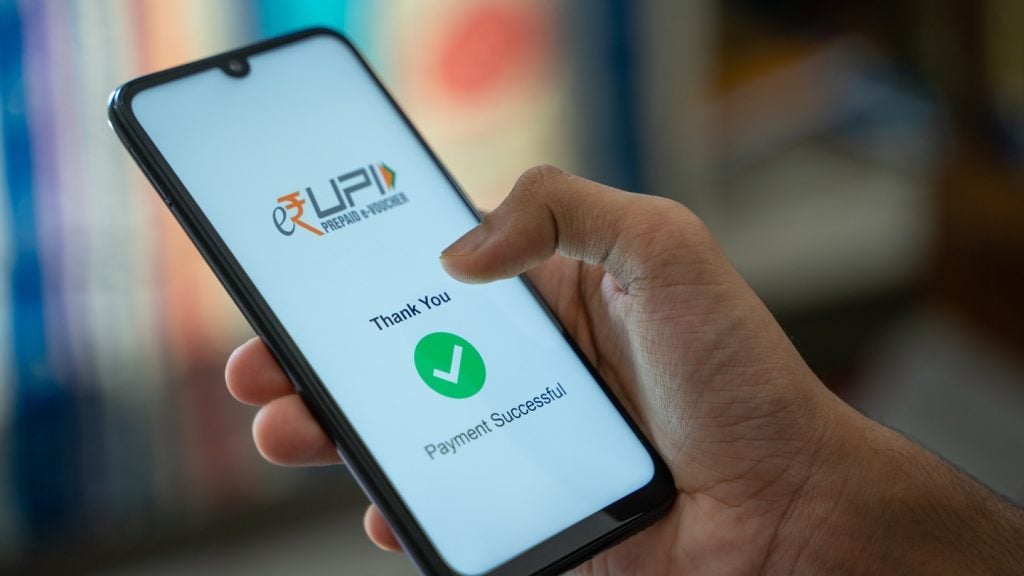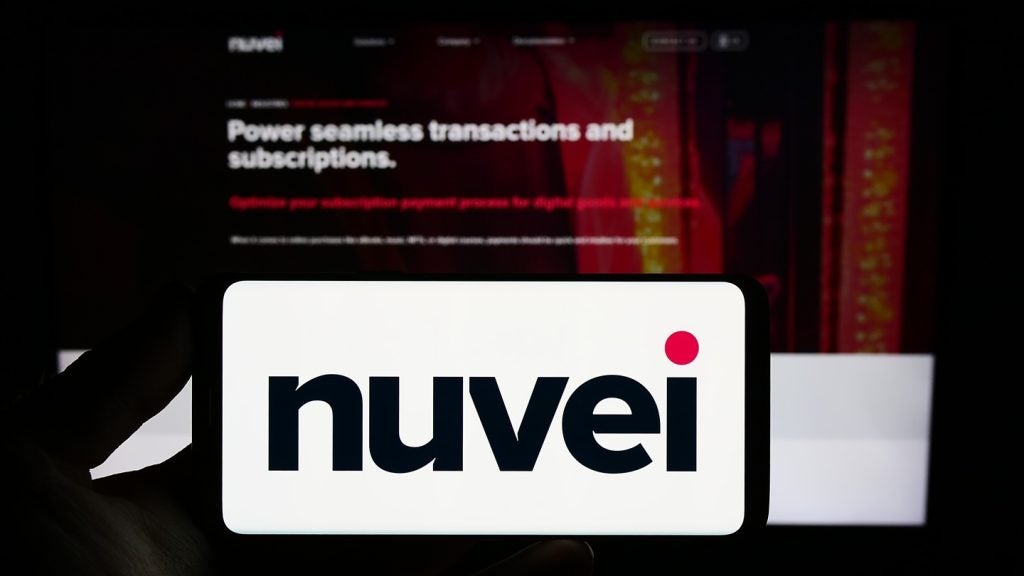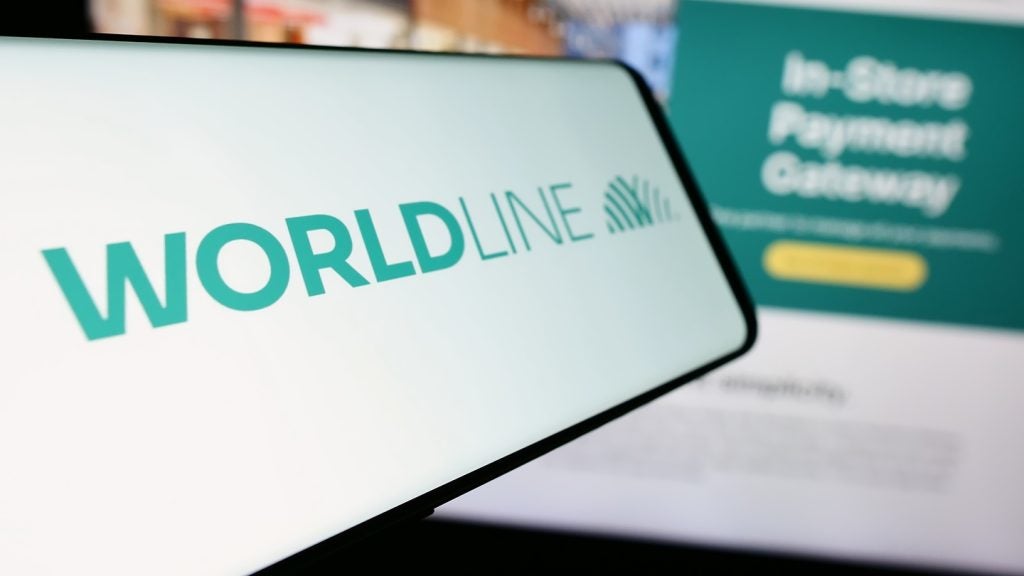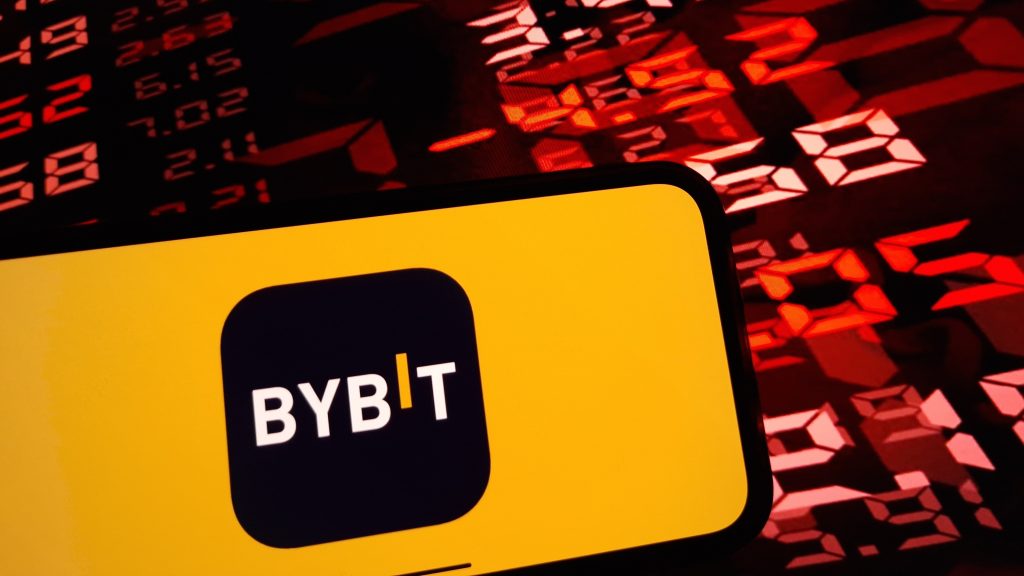Life Card, a major credit card brand in Japan, has launched a credit card with a built-in fingerprint reader. The launch, a team effort between Life Card, Visa, and IDEX Biometrics, was also the very first introduction of the biometric-enabled smart payment card in the market. The biometric payment card can provide extra security, but such a feature is quite late as the payment environment around the world is moving towards card-not-present transactions.
Introduced around 2017 by Mastercard, the fingerprint-reading feature built into a payment card was certainly a great idea to deter payment card fraud while easing consumers’ security concerns. Many markets around the world have piloted the biometric-enabled payment cards that can read users’ fingerprints. However, most markets did not go beyond the testing phase and eventually scrapped the idea.
While the biometric payment card did not gain adoption in other markets, Japan is actually the perfect market for it, which is why Life Card is launching such a feature on its credit cards. Japan is a market that is very averse or slow to adapt to changes. While markets around the world were moving away from cash to cards, Japanese consumers were still clinging on to cash. Today, when the world is moving away from payment cards towards mobile or biometric payments, Japanese consumers are still stuck using payment cards.
GlobalData Payment Instrument Analytics database
According to GlobalData’s Payment Instrument Analytics database, in terms of the volume of consumer payments between cash and payment cards, cash made up 60.9% in 2024 in Japan, compared to only 17.7% for South Korea. It is estimated that only by 2030 will card use reach over 50% for consumer payment transactions in the country. For neighbouring South Korea, card use for consumer payments will reach almost 90%.
Japanese consumers are still a step behind when it comes to the adoption of the next generation of payment methods. With Japanese consumers only just becoming comfortable with the use of payment cards, this explains why it is the only market left that will adopt the fingerprint reader-enhanced payment card.

US Tariffs are shifting - will you react or anticipate?
Don’t let policy changes catch you off guard. Stay proactive with real-time data and expert analysis.
By GlobalData
